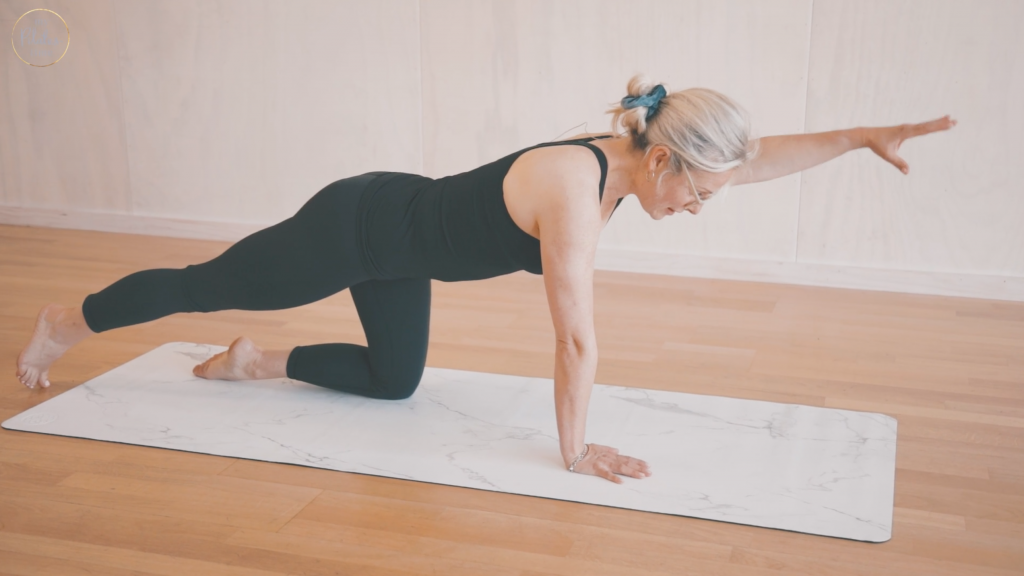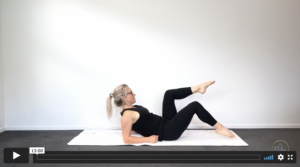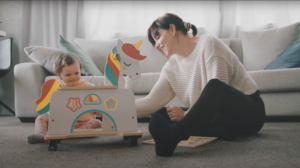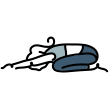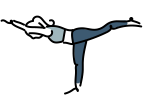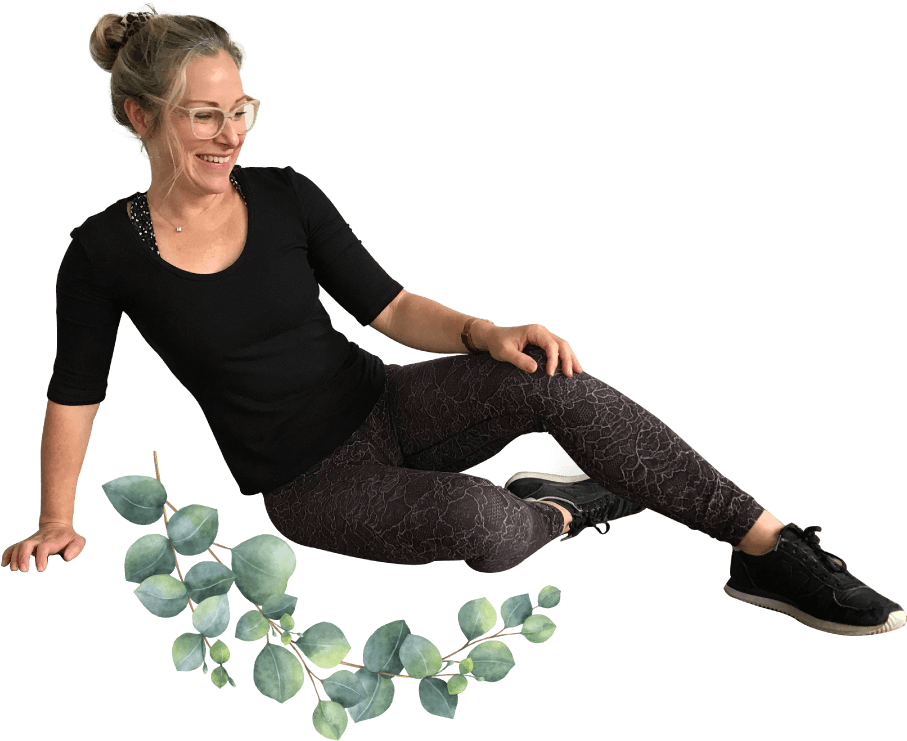With 1 in 2 women over 50, experiencing some form of bone density concerns, our bone health is a real issue.
Maybe it’s not something you’ve thought about much before, but keeping our bones strong is key for a long active life.
Bone loss can lead to fractures of the hip, spine and wrists. These injuries are such a pain – literally! A fracture can certinaly limit our activities and leave us feeling less independent and frustrated.
Did you know that bones are dynamic living tissues. This means that there is a lot we can do through diet and weight bearning exercises to keep our bones healthy.
Osteoprosis is a very common condition, where the skeleton looses mineral density. This means that the bones are unable to take normal weight, leaving bones that break easily.
Here are some ways you can take charge of your bone health:
- Ensure you are getting enough calcuim – Calcuim rich foods including dairy, tofu, almonds, sardines and green veggies.
- Vitamin D is essential for calcuim absorption – It’s hard to get the correct amount from our diet, so supplements are helpful here.
- Keep active and work on having great posture
- Moderate alcohol
- Magnesium is important in our diet for nerve, muscle and bone function. We can get this from a healthy diet including almonds, spinach, black beans, brown rice and bananas.
- Protien is also key to maintain muscle mass and strength in women. Here’s a list of some of my favourite foods containing protein. Meat, fish, lentils, beans, tofu, eggs, dairy and wholegrains.
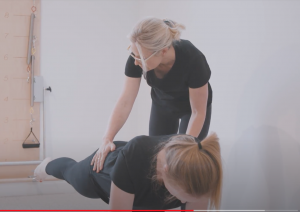
So, here’s the good news.
When we build muscle in Pilates there’s a good chance the exercise will also be building stronger bones.
Weight bearning exercises stimulate osteoblast activity (the bone building cells). Activities like running, jumping, and weight training, stimulates bone building.
If your’e not a runner, don’t worry! Neither am I! We can still load the bones to keep them strong with our weight bearning exercises.
Pilates is definitely a safe and effective exercise to strengthen your bones. However, if you know that you do have low bone density or perhaps osteoporosis or osteopenia, then it’s important that you take some precautions when loading the bones and moving through your spine.
When we bend forward, (in flexion) the spine is the weakest and most fragile position. This needs to be avoided for anyone with osteoporosis.
Let’s keep ‘dem’ bones strong ladies!


